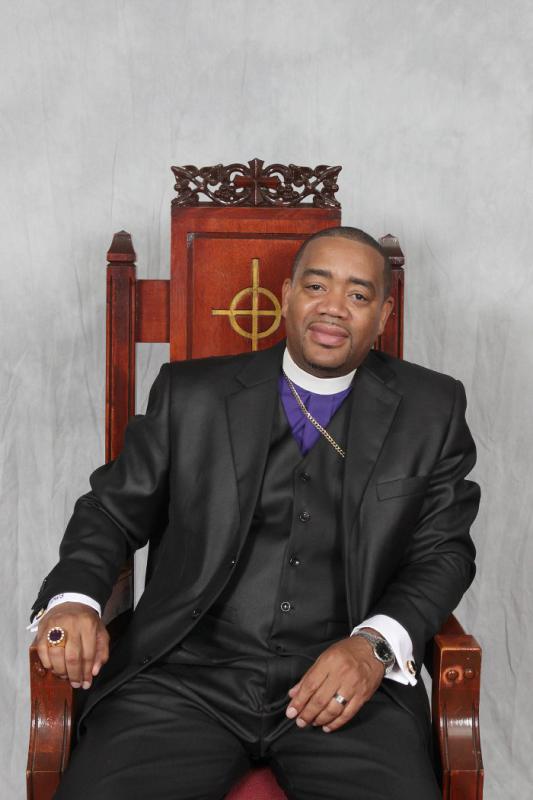It is glaringly obvious that policymakers are going easier on today’s heroin users, because many are white and often affluent, than in previous years when the addicts were identified as largely black, disenfranchised, and economically bereft.
Gov. Charlie Baker’s proposed bill that will expand the state’s involuntary commitment law to allow doctors to hospitalize drug addicts involuntarily for 72 hours if they pose a danger to themselves or others — and limits doctors’ ability to prescribe opioid painkiller to patients, for the first time, for acute pain to a 72-hour supply — demonstrates his commitment to addressing the growing opioid addiction problem sweeping the commonwealth and other parts of the nation.
The Legislature’s Joint Committee on Mental Health and Substance Abuse held a hearing on the matter, and Hampden County Sheriff Michael Ashe and one of the men vying to replace him as sheriff in the 2016 election, Nick Cocchi, attended the hearing to lend their support. Some of Cocchi’s remarks were disturbing and contained racially coded language that, while offensive, rang true regarding the mindset of many policy makers and citizens across the nation. Noting that he was present to “support the opioid bill 100-percent,” Cocchi, the deputy superintendent of security at the Hampden County House of Correction, was also quoted as saying: “What was once the heroin junkie in the dark inner city back alley has now become brother, sister, mom, dad, son and daughter. It’s hit suburbia, USA.”
As one who has lost a very close relative to a heroin overdose and one whose family and friends continue to be touched by the unfortunate reality of drug addiction in general and opioid addiction in particular, it is important to me that Cocchi, state lawmakers and people everywhere understand that the “heroin junkie in the dark inner city back alley” hasn’t “become brother, sister, mom, dad, son and daughter,” he or she always was family and friends even before opioid addiction became prevalent among whites in the suburbs.
Cocchi’s remarks remind us of the racial nature of how drug addiction has been viewed through the years. When the nation’s long-running war against drugs was defined by the crack epidemic and based in poor, predominantly black urban areas, or as Cocchi put it, “the dark inner city,” the public response was defined by zero-tolerance and stiff prison sentences. As long as those affected by drug addiction were non-white, there was a need for a war on drugs. However, today’s heroin crisis is somewhat different. Heroin use has skyrocketed among whites, as nearly 90 percent of those trying the drug for the first time in the last decade are white.
The growing number of white people lost to heroin — many of them in the suburbs — have changed the face of opioid addiction and cushioned the nation’s response to drug use. The very language used to describe drug addiction has changed and governmental authorities have moved from treating drug use as a crime to regarding it as a disease. Even some police departments have stopped punishing heroin users. In Gloucester anyone seeking help from police, regardless of whether they possess drugs or drug paraphernalia, are no longer arrested, but diverted to treatment. While in many ways this is a welcome shift in the law enforcement response to drug use, it begs the question as to why earlier calls by African-Americans for this more empathetic approach were largely ignored when those needing help with addiction were people of color.
No such compassion existed for African-Americans caught up in addiction or the behaviors it produced. As a result, mandatory sentencing, zero-tolerance policies and racial profiling led to mass incarceration, which has had a devastating impact on entire communities. Now, according to Cocchi, that the opioid addicts have “become brother, sister, mom, dad, son, daughter,” there is a much broader conversation about prevention, treatment, and trying to be constructive in responding to the problem. While many continue to deny it, the varying responses to the drug epidemic is further proof of America’s deep racial divide.
As long as drug addicts were viewed with a black face, its use and violent crime were commingled in the public consciousness. Now that the face of addiction has changed, its use is considered a disease to be treated or cured. When the perception of the user population is primarily people of color, the response is to demonize and punish. When it’s white, we search for answers to a growing public health problem. It is obvious that politicians are paying attention to the “changing face of heroin use.”•
Bishop Talbert W. Swan II is pastor at the Spring of Hope Church Of God In Christ in Springfield. He can be contacted at pastor@springofhopechurch.org.



